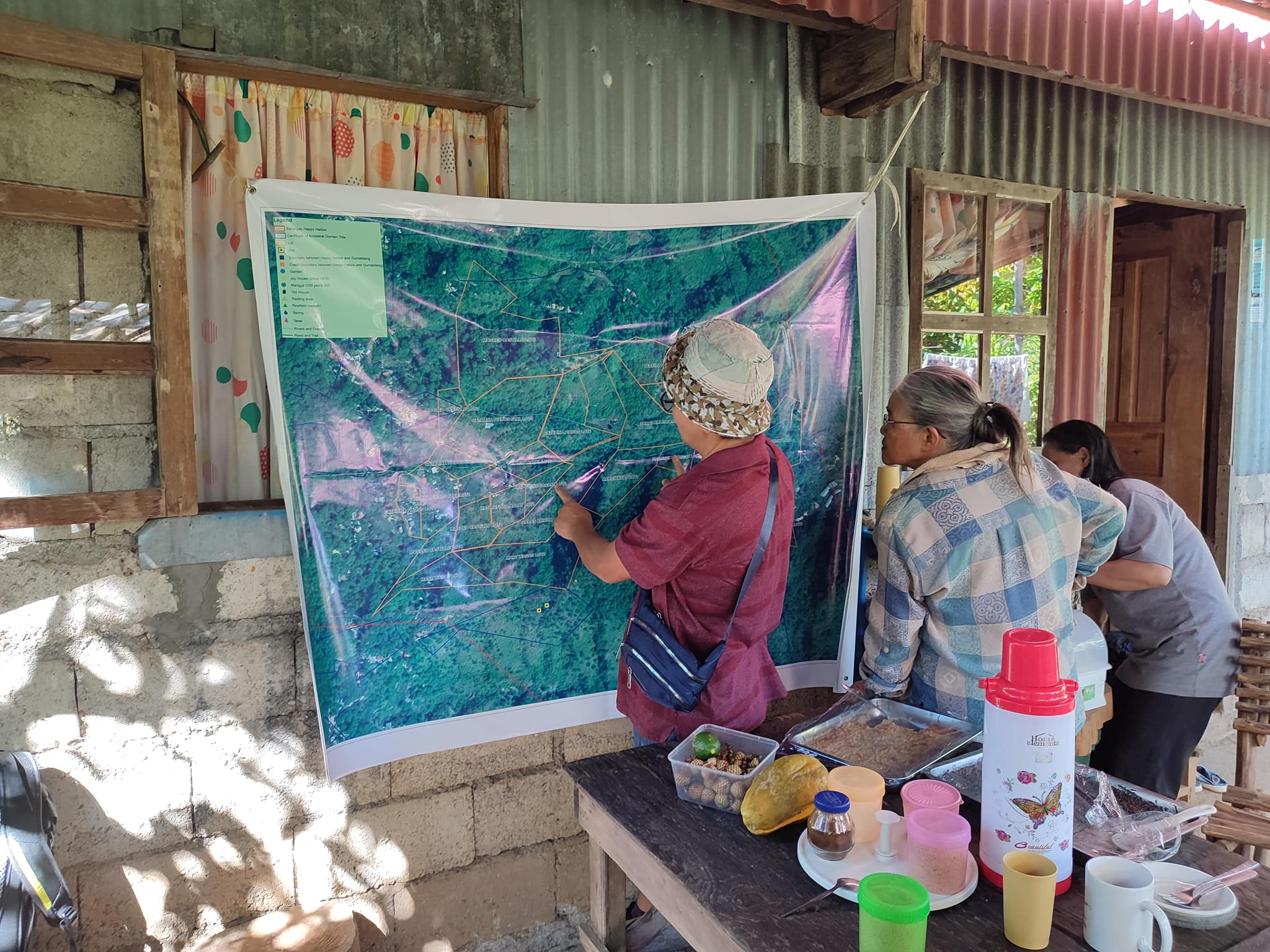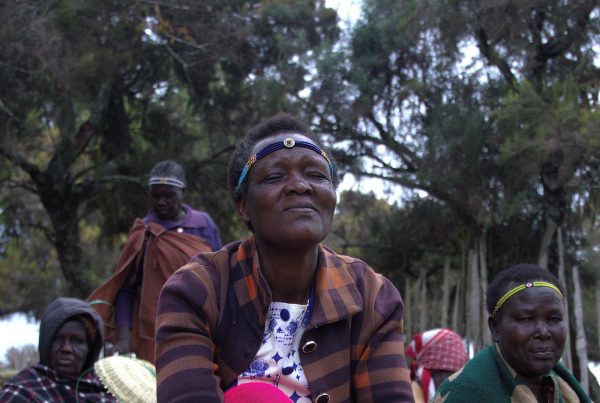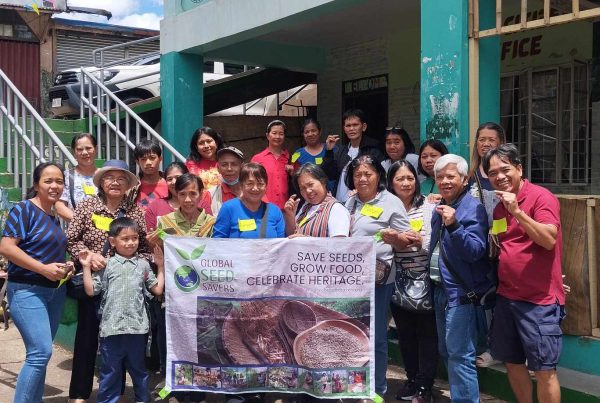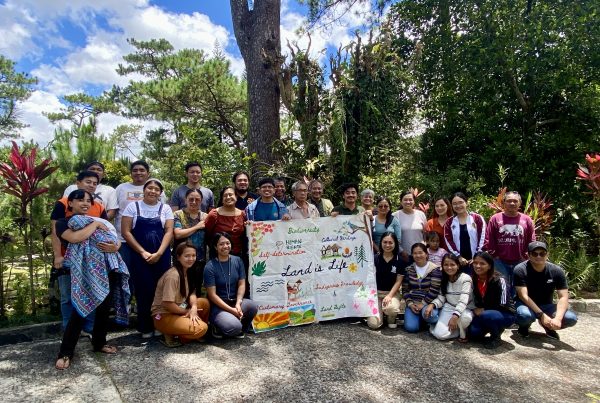Resource inventory in Ibaloy ancestral land claims
Residents of Sitio Muyot, Barangay Happy Hollow in Baguio City, conducted a resource inventory within the forested areas of their Ibaloy ancestral land claims last December 2023 and continued in March 2024, with the support of the Philippine Association for Intercultural Development (PAFID). The resource inventory was done to identify key plant species and their uses and come up with an index of plant biodiversity in the community. Documentation of land use changes, and the status of indigenous practices and traditional occupations was also done.
The information obtained will be used to develop a community conservation plan that contains steps to preserve and protect their land, people, and knowledge. It will also be used to establish a community-based monitoring and information system so that residents can monitor their community’s well-being and the state of their territories and natural resources.
Amidst Baguio’s rapid urbanization, the Ibaloys of Sitio Muyot, Happy Hallow, have preserved their traditional forest protection and conservation practices. However, they have yet to receive legal recognition of their ancestral lands.
Plant identification in watershed area
“There is rich biodiversity here at the water source. We know the local names of some but there are also some which we don’t know how to use, that is why it is better to identify them so that we know which to plant in our tree planning sites.” – Rosemarie Gumtang, irrigator-farmer
Taloy Sur, Tuba is a community with remaining forests that provide for the water needs of a quickly growing population. The Taloy Sur Irrigator’s Association (TSIA) has been protecting and conserving their water sources for community households, gardens, and farms. In March 2024, TSIA conducted an identification of flora through the forests leading to the water source with the support of PIKP and a partner botanist. The documentation will provide a basis for identifying appropriate ecologically important native and endemic plants that can be used for reforestation in Taloy Sur. The next steps are to document culturally-relevant plants, and to establish community monitoring areas in the watershed area.
Type: Blog
Region: Asia
Country: Philippines
Theme: Biodiversity monitoring, Community-led conservation and Traditional and local knowledge
Partner: Partners for Indigenous Knowledge Philippines (PIKP)



